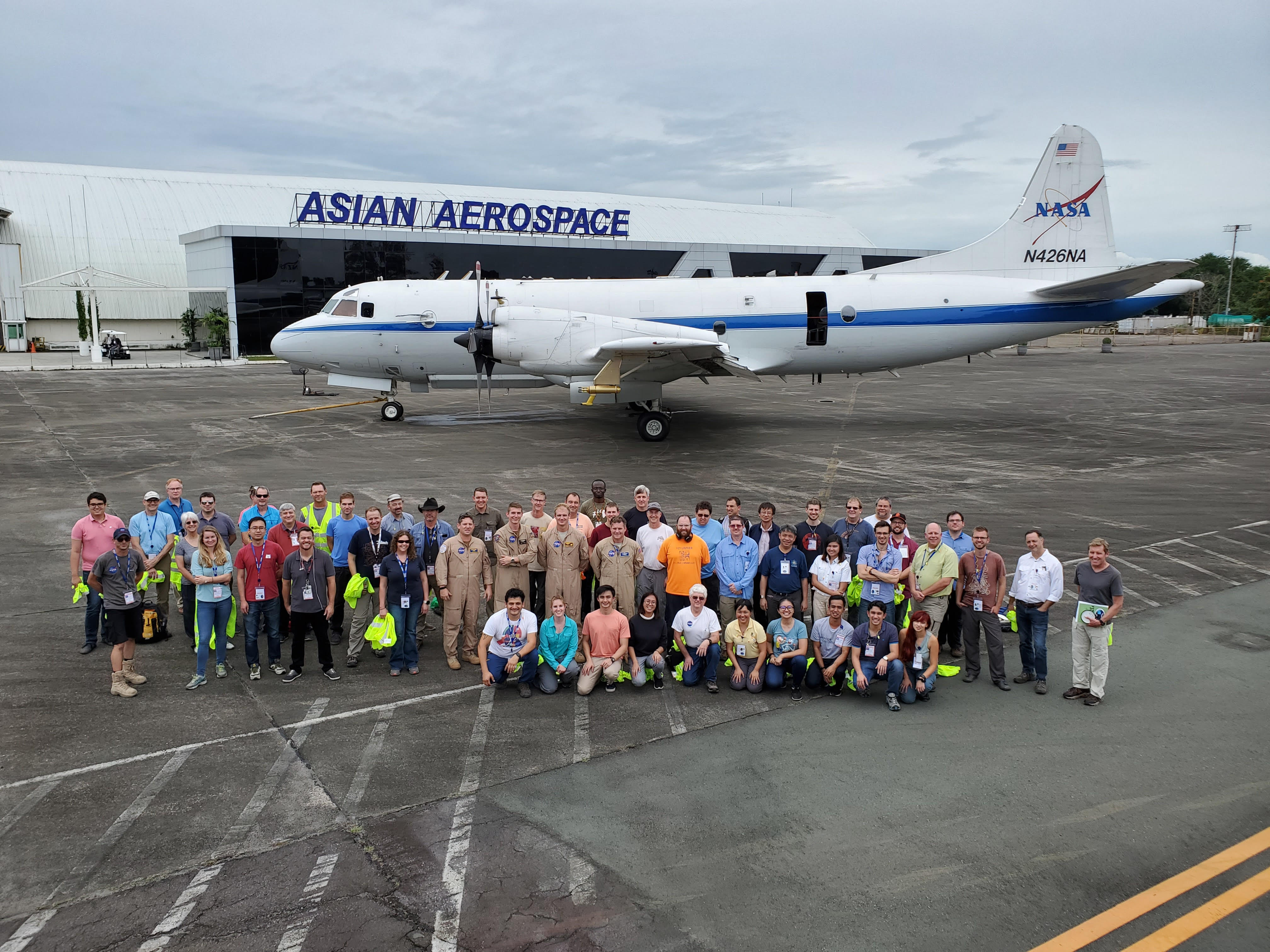This August 25, the NASA P-3B started its first flight over the Philippines, gathering samples to understand the interaction between aerosols and clouds. This flight marks the start of the one-and-a-half-months flight campaign of the Cloud, Aerosol, and Monsoon Processes – Philippines Experiment (CAMP2Ex) program, a cooperative research project of the National Aeronautics and Space Administration (NASA), US Naval Research Laboratory (NRL), and Manila Observatory (MO). The program is the most comprehensive field campaign in the Maritime Southeast Asia region for studying the influence of natural and anthropogenic aerosol particles on cloud properties and precipitation, as well as their consequent impacts on weather and climate.
The campaign is led by an interdisciplinary and international team of field researchers, modelers and remote sensing developers from NASA, NRL, and MO, in partnership with the Department of Science and Technology (DOST) and DOST-Philippine Atmospheric, Geophysical and Astronomical Services Administration.
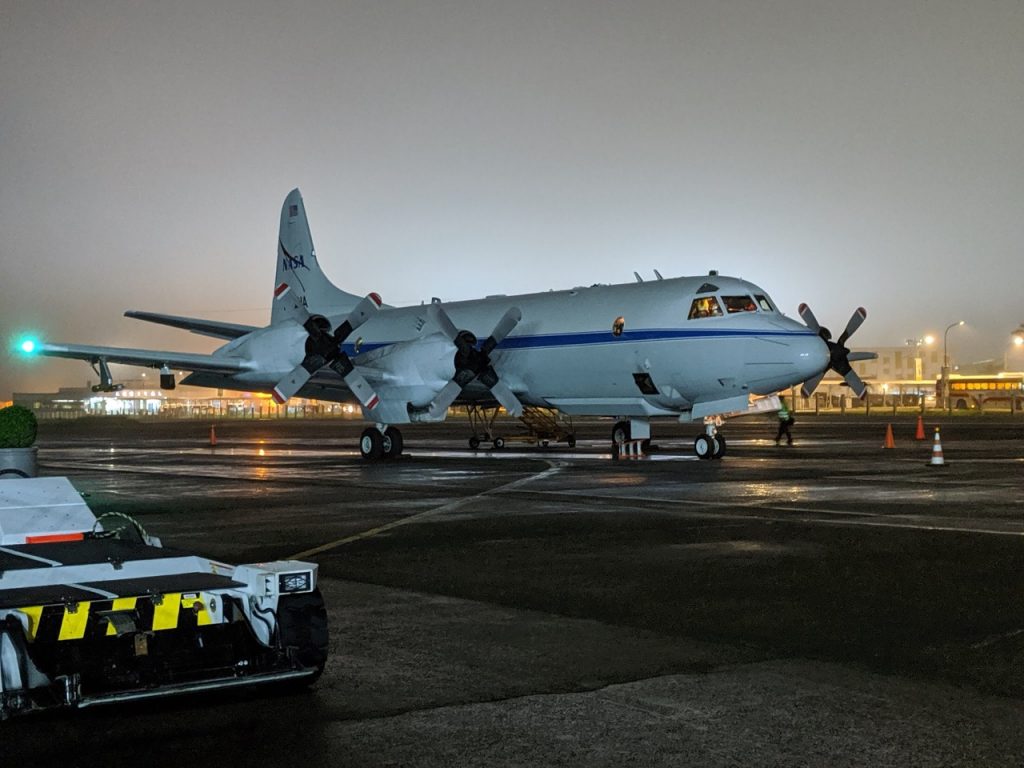
NASA P-3B Orion preparing for its first flight for CAMP2Ex mission proper – Clark, Pampanga (Photo: JBSimpas)
Two aircrafts, the NASA P-3B and the Stratton Park Engineering Company (SPEC) Inc. LearJet (arriving 03 September 2019), are based in Clark, Pampanga, fitted with a fleet of instruments for measuring aerosols and atmospheric conditions within and near clouds, from August to October 2019.
The MO team is led by MO Executive Director, United Nations Intergovernmental Panel on Climate Change (IPCC) Assessment Six lead author, and Ateneo de Manila University (ADMU) Physics associate professor Gemma Teresa T. Narisma, PhD, and MO Air Quality Dynamics and Instrumentation and Technology Development (AQD-ITD) Laboratory co-head and ADMU Physics professor James Bernard Simpas, PhD, with AQD-ITD laboratory co-head and ADMU Physics department head Maria Obiminda L. Cambaliza, PhD. With them are young scientists from the Manila Observatory from various fields of atmospheric research.
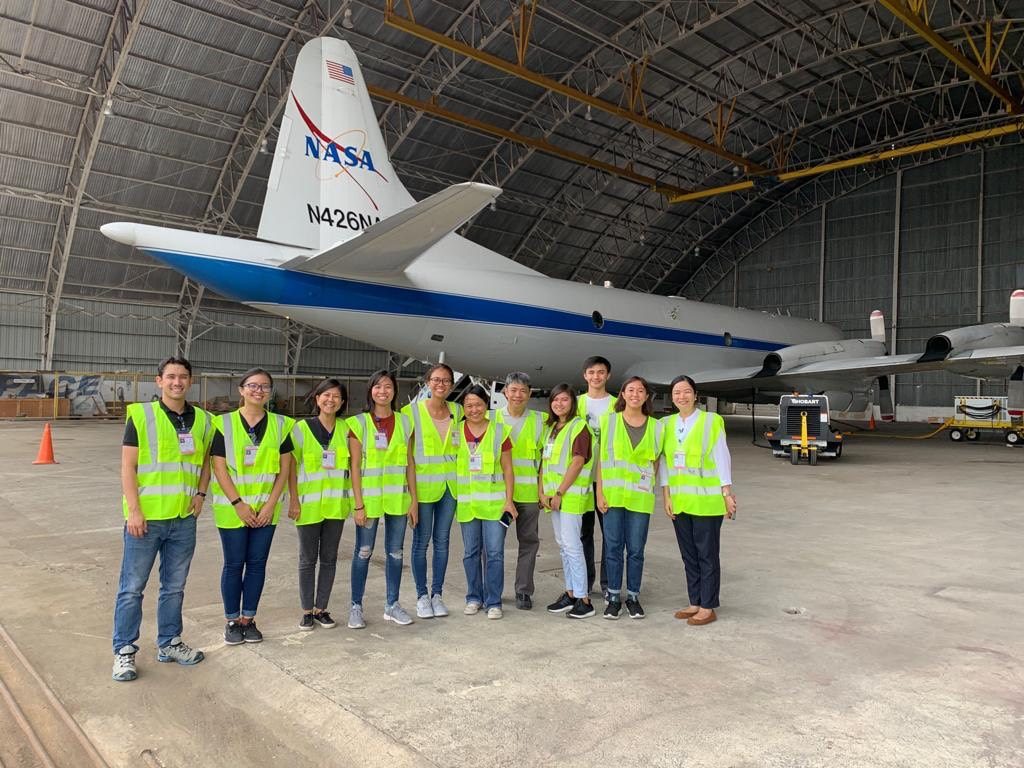
Manila Observatory team arrives at Clark for the first week of CAMP2Ex (Photo: GTNarisma)
The study seeks to tackle some of the most difficult weather and climate phenomena to understand, monitor and forecast. The world’s most intense super typhoons form just east of the Philippines and are an integral part of the region’s weather and climate. “CAMP2Ex is being conducted in the lion’s den of tropical meteorology,” NRL research meteorologist Jeffrey Reid said, while noting that the Philippines is still recovering from Super Typhoon Yolanda (Haiyan) in 2013, which reached one minute of sustained 315kph maximum wind speed before making landfall.
The program has three focus areas: aerosol and cloud microphysics, radiation and meteorology. The MO team is focusing on the impact of monsoons on regional hydrology, oceanography, and air quality, considering land-use.
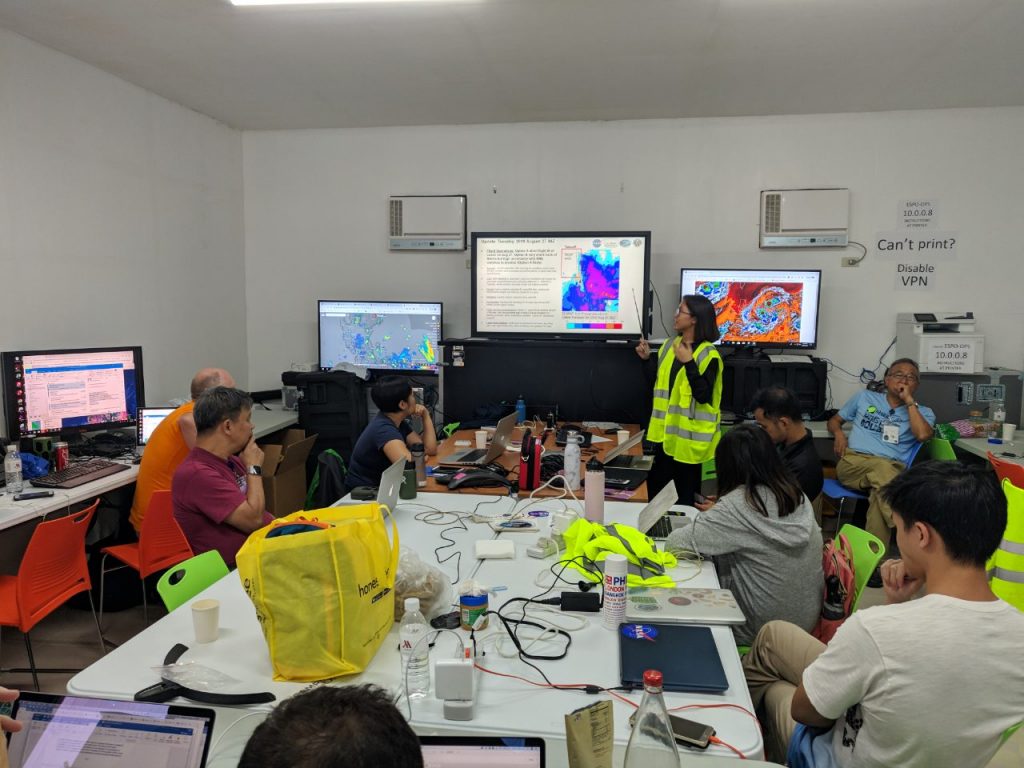
Gabrielle Leung of AQD-ITD Laboratory presenting in the flight briefing for Day One (Photo: AMMagnaye)
“Rainfall is the most difficult variable to understand in our models, and it has an enormous impact on people here,” said Dr. Narisma. “Results from our Coordinated Regional Downscaling Experiment over Southeast Asia (CORDEX-SEA), for example, show that regional climate models do not do a good job simulating observed rainfall climatology.”
Dr. Narisma noted that recent monsoonal activity in Metro Manila led to cancelled classes; before that, the region had been suffering from water shortage due to drought. “Our research is showing that more of these weather extremes, alternating dryness and heavy rainfall, are expected in the future,” she said. “Improving our models for climate projections would allow us to better prepare for these swings in water availability and flooding.”
Increased understanding of the mechanisms influencing those climatic changes is another important and hoped for offshoot of the campaign, said Dr. James Simpas. “The Southeast Asia region is experiencing significant industrial growth,” he said. “We’re emitting more and more particulates into the atmosphere, which means that a lot of the aerosol interactions we’re studying now will [likely be enhanced in the future]. The wealth of data from CAMP2Ex will be analyzed for years to come and will shed more light on how our ways of life affect not only us, but also the rest of the planet.”
“We know aerosol particles can affect clouds and precipitation, but we don’t have a quantitative understanding of those processes [yet],” said Hal Maring, Radiation Sciences Program Manager at NASA Headquarters in Washington. “Our goal is to improve satellite products and numerical models to help scientists better predict weather and climate.”
“Numerous studies have linked the presence of pollution and smoke from agricultural fires and fires from deforestation to changes in cloud and storm properties, but we lack the observations of the actual mechanisms taking place,” said Reid. “CAMP2Ex provides a much-needed crucible for satellite observing systems and model predictions to monitor and understand how atmospheric composition and weather interact.”
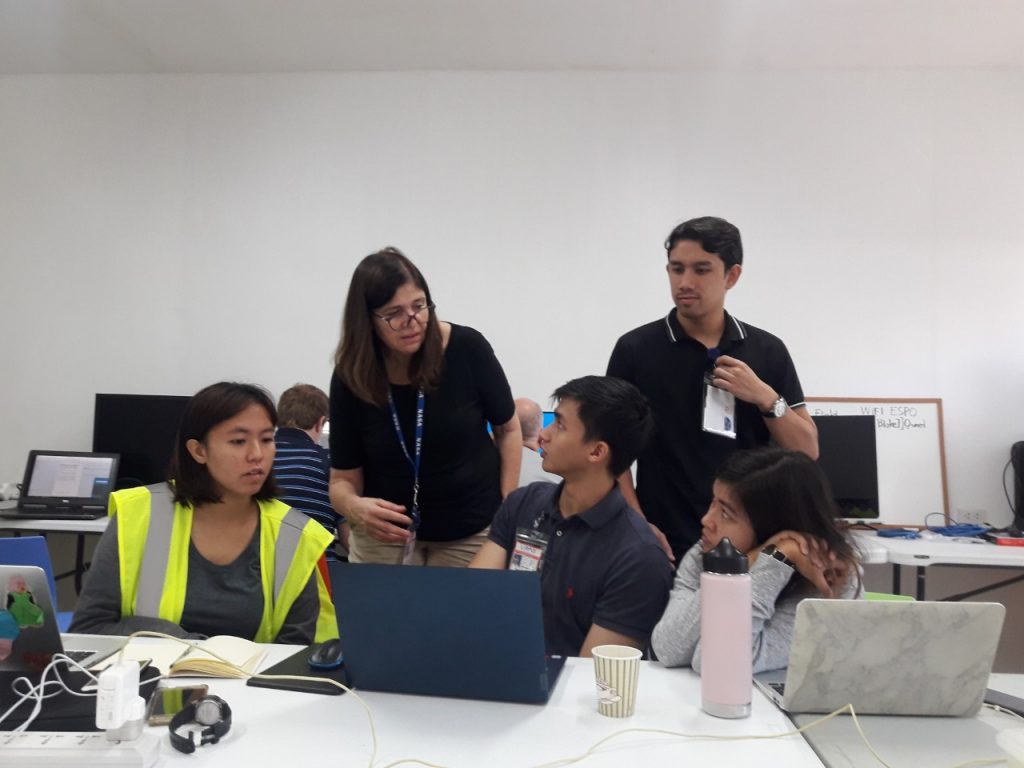
MO scientists work with scientists from NASA, NRL, and US Universities for CAMP2Ex (Photo: SMVisaga)
The partnership among NASA, NRL and MO started in 2007, when Mindanao farmers reported experiencing less rain over time. Seeking to improve data and models to understand the changing monsoon environment, initial measurements were performed in the Philippines from 2008 to 2014 and yielded interesting results. Three years ago, the Manila Observatory was granted clearance by NASA and the Philippine government to conduct the CAMP2Ex mission.
Other than adding to the body of literature surrounding aerosol and cloud properties and precipitation, the campaign will also develop comprehensive datasets from flight measurements, remote sensing, and modeling data that are freely available for Filipino scientists and students.
The collaborative nature of the campaign adds to the capacities of both Filipino and American scientists and stakeholders in conducting shared science interactions. This partnership can serve as a stepping-stone for future efforts towards regional research and innovation, particularly in capacity-building and scientific collaboration towards decision-support for air, water, land-use, and agricultural policies.
Cover photo: Entire CAMP2Ex Team from NASA, NRL, and MO (Photo: JZavaleta, NASA)
(AKBaladad, YALee – Manila Observatory; SReiny – NASA)

